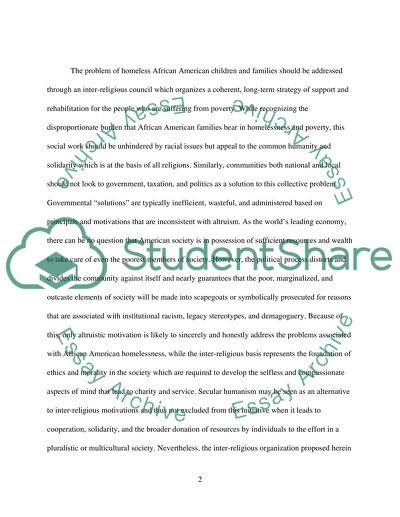Cite this document
(“Intervention Strategy for Homeless African American Children & Essay”, n.d.)
Intervention Strategy for Homeless African American Children & Essay. Retrieved from https://studentshare.org/psychology/1437524-intervention-strategy-for-homeless-african-american-children-families
Intervention Strategy for Homeless African American Children & Essay. Retrieved from https://studentshare.org/psychology/1437524-intervention-strategy-for-homeless-african-american-children-families
(Intervention Strategy for Homeless African American Children & Essay)
Intervention Strategy for Homeless African American Children & Essay. https://studentshare.org/psychology/1437524-intervention-strategy-for-homeless-african-american-children-families.
Intervention Strategy for Homeless African American Children & Essay. https://studentshare.org/psychology/1437524-intervention-strategy-for-homeless-african-american-children-families.
“Intervention Strategy for Homeless African American Children & Essay”, n.d. https://studentshare.org/psychology/1437524-intervention-strategy-for-homeless-african-american-children-families.


